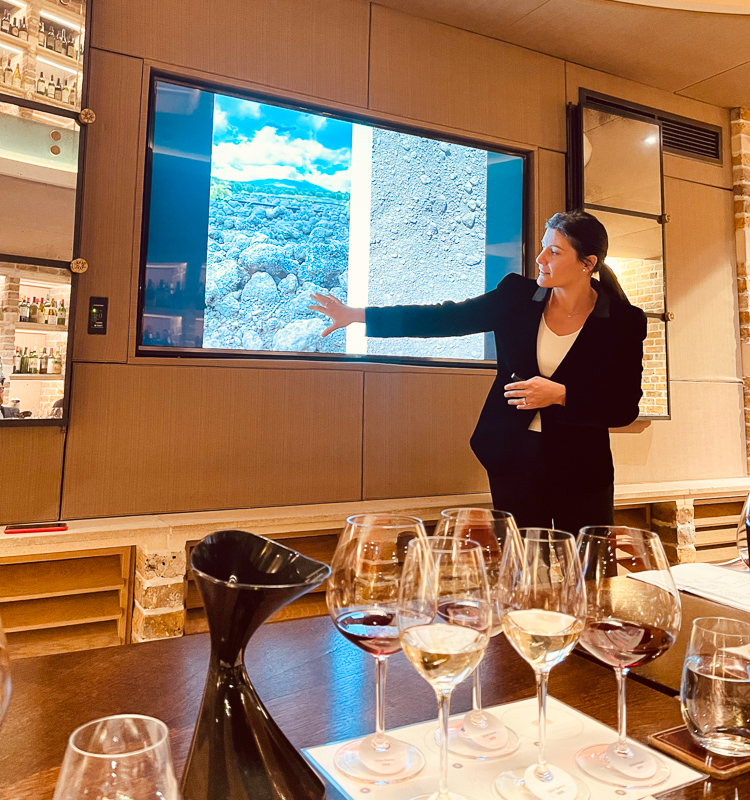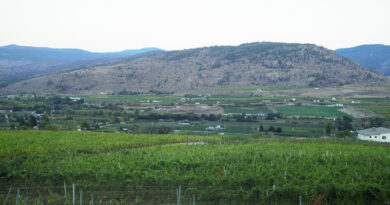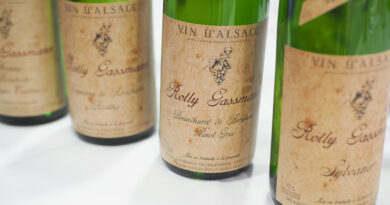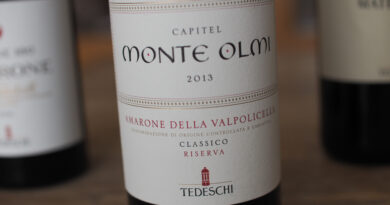IDDA, Gaja’s new Etna winery, where they will focus their considerable efforts on making white wines from Carricante
Lisse Garnett met with Gaia Gaja to find out more
‘Elegant wines that are difficult to understand’ drew Angelo Gaja to Sicily’s Etna region, where the late-ripening white grape Carricante is to be the focus of Gaja’s future production here.
His daughter Gaia presented the last two vintages for the first time in London this week and proved her now 81 year old father’s point. Journalists present were divided about which of the contrasting 2020 and 2019 whites they preferred, but for Wine Anorak a clear and decisive preference was for the 2020 – a lighter, more linear, floral, mineral expression with an elegant complexity, indicative of many Etna wines. Italy has primarily been known for its red wine production. IDDA, however, is a reflection of Angelo’s belief that indigenous Italian white grapes like Fiano, Verdiccio and Carricante have the potential to create incredible wines.
Gaja’s IDDA project began in 2006 when Angelo Gaja met Alberto Graci but the roots of Angelo’s affection for Etna began long before in the 1990s when he visited his friend Giacomo Tachis, the man behind Sassicia. Gaja had studied wine making with Tachis in Alba, and Tachis encouraged him to buy land on Etna. The time was not right for Gaja but the region got under his skin. In 2016 he met Etna grower Alberto Graci and with his help, created IDDA. Idda means ‘she’ in Sicilian dialect and refers of course to the mountain itself whom the locals have christened with the feminine pronoun. Her troublesome unreadable nature and changeable yet bounteous fertility no doubt has a role to play in this classical characterisation of femininity.
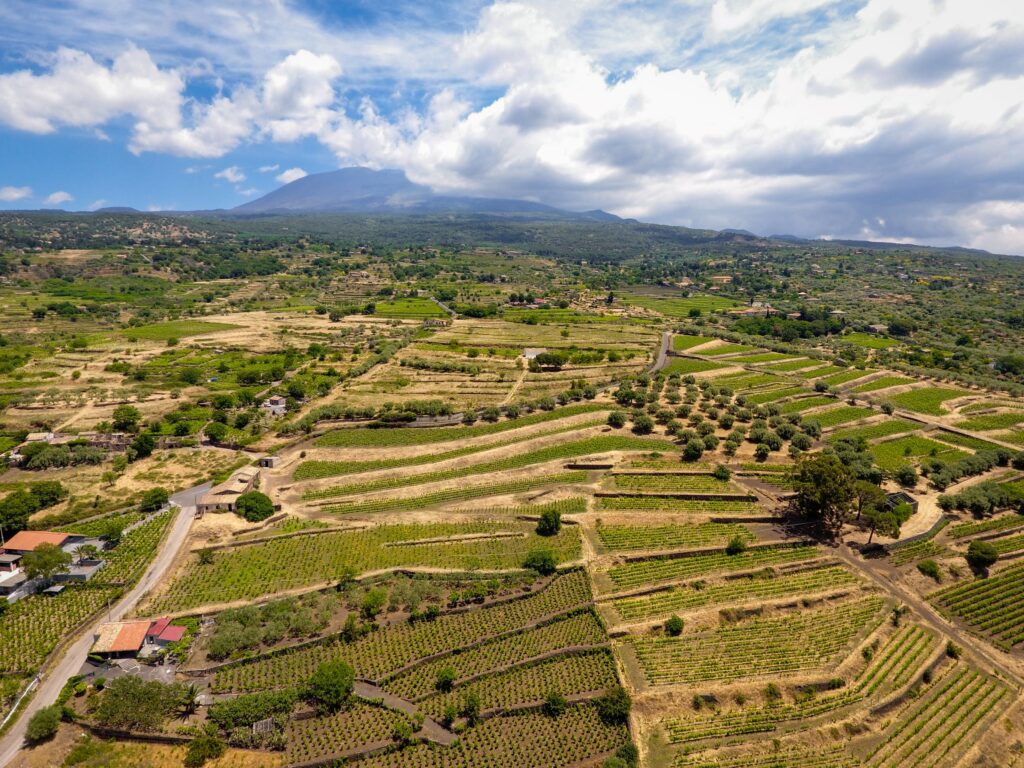
Biancavilla Vineyard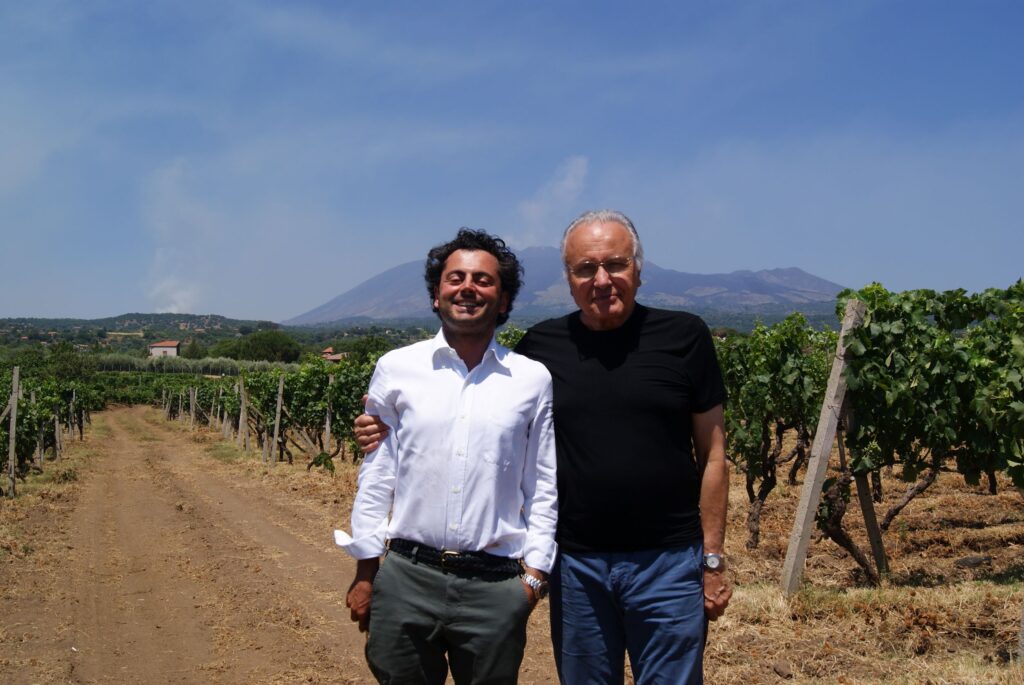
Alberto Graci with Angelo
Graci acted as a catalyst for Gaja’s journey to Etna bringing local knowledge, regional understanding, youth and passion. As Gaia said, ‘we would never have thought about going to Etna by ourselves. We needed the lead of someone that knows the varieties, that knows the region: we would have been lost by ourselves.’ Gaia explained that they feel Gaja’s contribution to the party is wine making knowledge; they defer to local intelligence when it comes to all else.
Etna has become very hip of late and populated by well know names such as Franchetti, Marco de Grazia, and Tenuta delle Terre Nere. These are mainly based on the on the North slope. Rather than join that party, Gaja chose to focus on the underdeveloped pistachio-laden south slope and Italy’s indigenous white grape Carricante which is all they are actually planting, although they have inherited ten hectares of Nerello Mascalese. Carricante occupies approximately 20% of Etna’s vineyards and is found on mainly east facing slopes. Late ripening, yet with an ‘electric’ freshness and mineral notes, Gaja hope that with warmth and altitude on the South slope they might gain structure, earlier phenolic ripeness without the loss of acidity and reduced more concentrated yields, perfect for quality long living wines.
Gaia describes the wines of Etna as mysterious; she says for this reason similarities may be drawn with Nebbiolo. Wines that are elegant, complex and not immediately readable does indeed elicit parallels with Langhe. Etna, like Langhe, offers sloping terroir and vineyards that sit between 600 and 970m. So they have embarked on this project without foresight as to which are the right soils or what is the right altitude. This brings an element of uncertainty and a frisson of excitement and discovery. A new winery is under construction and should be live by next year. In the meantime, grapes must be trucked from one side of the mountain to another. Currently they have 27 acres of vineyards with 74 more acres of land available to plant.
There is a violence in this region located as it is on an active volcano, there are constant murmurs and eruptions and the soil is forever changing and evolving. Gaja are at the early stages of their project here but have every faith in its evolution. They plan to officially launch in 2022. We tasted the wines and Jamie’s notes follow.
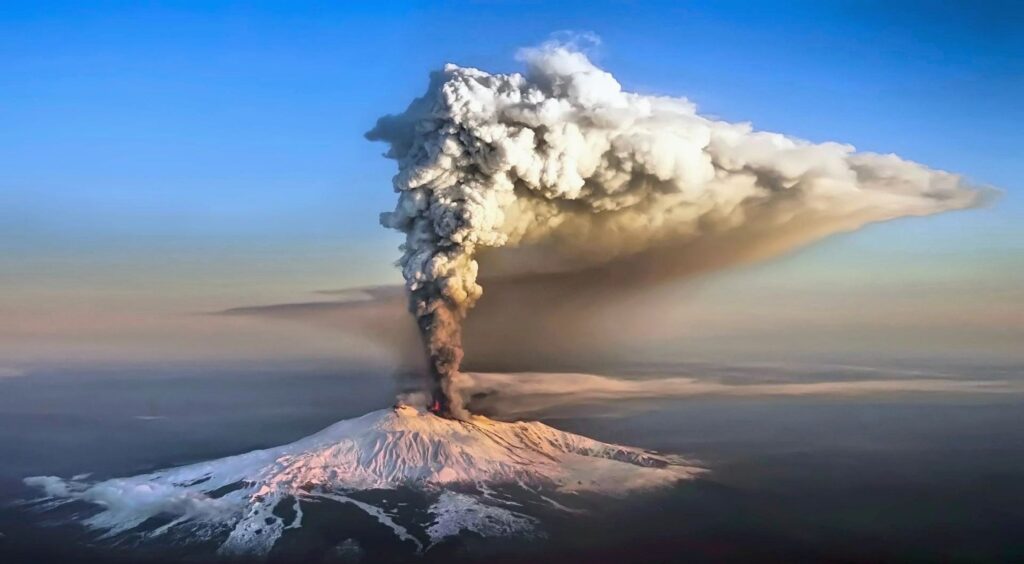
THE WINES
IDDA Bianco 2019 Etna, Siclilia, Italy
13% alcohol. 20% malolactic. This is crystalline with layers of citrus fruit and some fine bready, toasty notes in the background. It’s rounded and fresh at the same time with some generosity, but also a fine slightly bitter, pithy finish that does just enough to frame the expansive fruit. Such a lovely, layered wine, showing a lovely crystalline quality to the fruit. 92/100
IDDA Bianco 2020 Etna, Sicilia, Italy
12.5% alcohol. 35% malolactic. Taut and mineral with lovely focused citrus and pear fruit. Clean, linear and with some grapefruit, a touch of salinity and a lovely precision. It’s not as showy as the 2019, but it has more presence and a better acid line, and more potential for development. A really nice expression of Carricante. 94/100
IDDA Etna Rossa 2019 Sicilia, Italy
14.5% alcohol. Brooding, tarry and a bit reductive with some tar and herb, with sweet red cherry and plum fruit as well as some spicy peppery hints. Tar, spice, herbs and sweet berry fruits on the palate with a gravelly edge and some nice dried herbs and tar. Some damson on the finish. 92/100
Find these wines with wine-searcher.com


